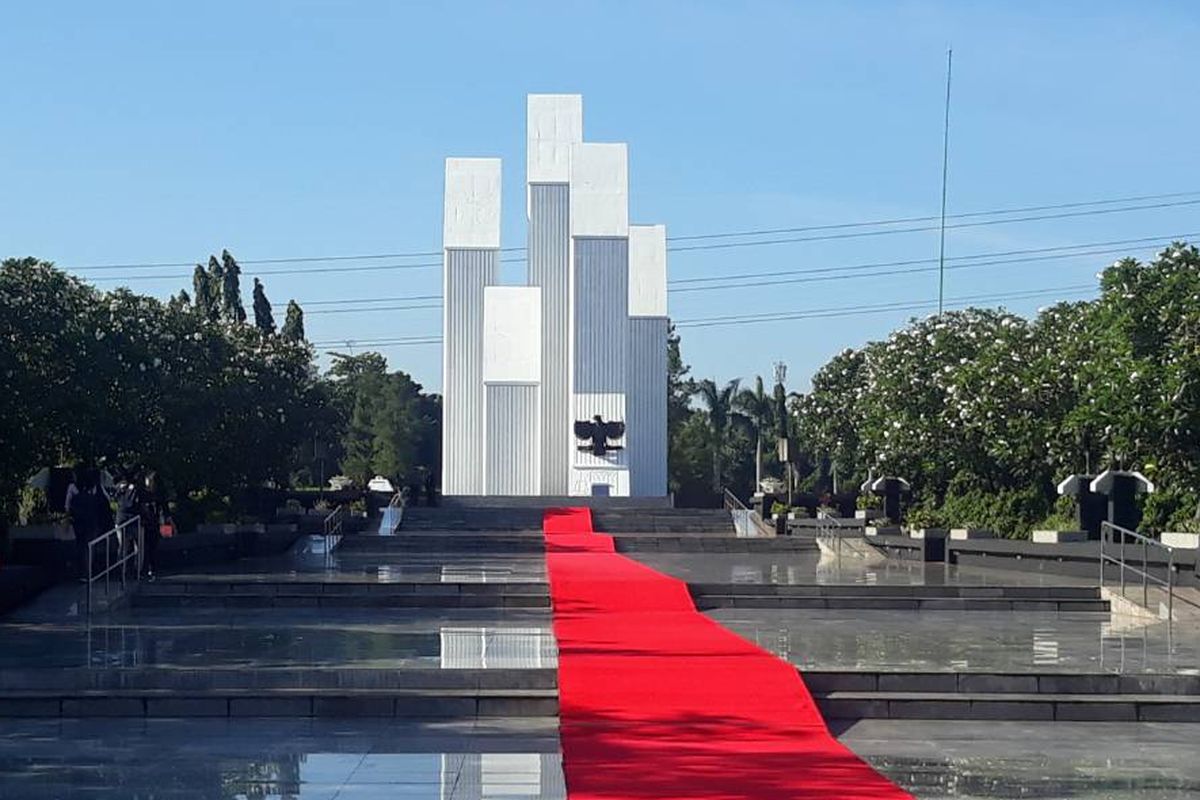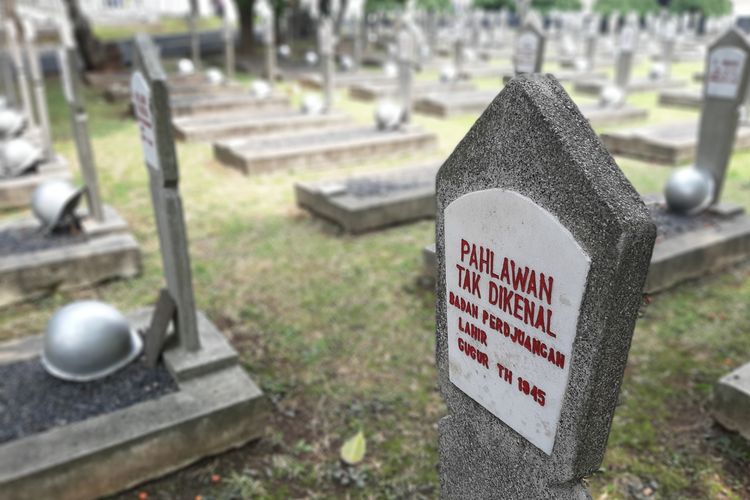Kalibata Heroes Cemetery in Jakarta: A Place to Contemplate on Past Sacrifices

JAKARTA, KOMPAS.com – The chrome helmet on the tomb shimmered as the Jakarta sun shone off its top. “To An Unknown Soldier,” said the marker on the tombstone. “Date of Birth: Unknown. Killed in Action: 1945.”
The sight of the Tomb of the Unknown Soldier, who is one of over 7,000 people interred in the cemetery, is as poignant here as the tombs of fallen US servicemen in Arlington National Cemetery or the cemetery near Omaha Beach in Normandy.
The place is none other than Kalibata Heroes Cemetery. More than 7,000 servicemen and others were interred here, most of whom died in the Indonesian War of Independence from 1945 to 1949 to free the country from Dutch control.
Indonesian architect Friedrich Silaban built the cemetery in 1953 on orders from Indonesia’s first President Soekarno.
Also read: Jakarta City Guide: 5 Museums to Visit to Honor Indonesia's National Heroes
The cemetery reflected his premise that “a great nation is a nation that is able to respect its heroes.” This belief is reflected in the columns and walkway leading to the cemetery.
Like his designs for the National Monument (Monas) and Istiqlal Mosque, the features reflect Silaban’s understanding of Soekarno’s vision.
“Soekarno always had a grand vision of Kalibata. The place fit the bill at the time because back then it was vast, empty land,” said Komunitas Historia Indonesia historian Asep Kambali.
“Indonesian servicemen used to be buried at the Ancol Heroes Cemetery. But Soekarno ordered Kalibata Heroes Cemetery to be built after Ancol was running out of plots of land.”
Asep added that Kalibata also has a multi-purpose and transit hall with a wall containing the names of those interred on the grounds.
 One of many Tombs of the Unknown Soldier in Kalibata Heroes Cemetery
One of many Tombs of the Unknown Soldier in Kalibata Heroes CemeteryAlso read: Indonesia Marks National Heroes Day by Naming 6 New National Heroes
The government set stringent standards to be interred in Kalibata. “According to a 2010 law, the individual has to meet a set of criteria,” said Kalibata Heroes Cemetery official Joko Irianto.
“They should be Indonesian citizens who were declared a National Hero or awarded the Bintang [Star] of the Republic of Indonesia, Bintang Mahaputra, or Bintang Gerilya medals.”
The criteria do not end there. “The recipient should file a request to [the Army] Garrison [in Jakarta] as only they can issue the permits [to be interred in Kalibata]. We only provide the space for their internment.”
Once the paperwork is done and the recipient passed away, they can join luminaries like Indonesia’s third President BJ Habibie, General Ahmad Yani, one of six generals murdered in a botched Communist putsch in 1965, as well as Indonesian media pioneer Jakob Oetama.
Joko added that visitors can go on a tour of Kalibata Heroes Cemetery, once they got a permit from the Jakarta Garrison or the Social Affairs Ministry. While the criteria are tighter than other Jakarta sights, a walk through the grounds is just as edifying.
(Writer: Nabilla Ramadhian | Editor: Kahfi Dirga Cahya)
Source:
Simak breaking news dan berita pilihan kami langsung di ponselmu. Pilih saluran andalanmu akses berita Kompas.com WhatsApp Channel : https://www.whatsapp.com/channel/0029VaFPbedBPzjZrk13HO3D. Pastikan kamu sudah install aplikasi WhatsApp ya.






























